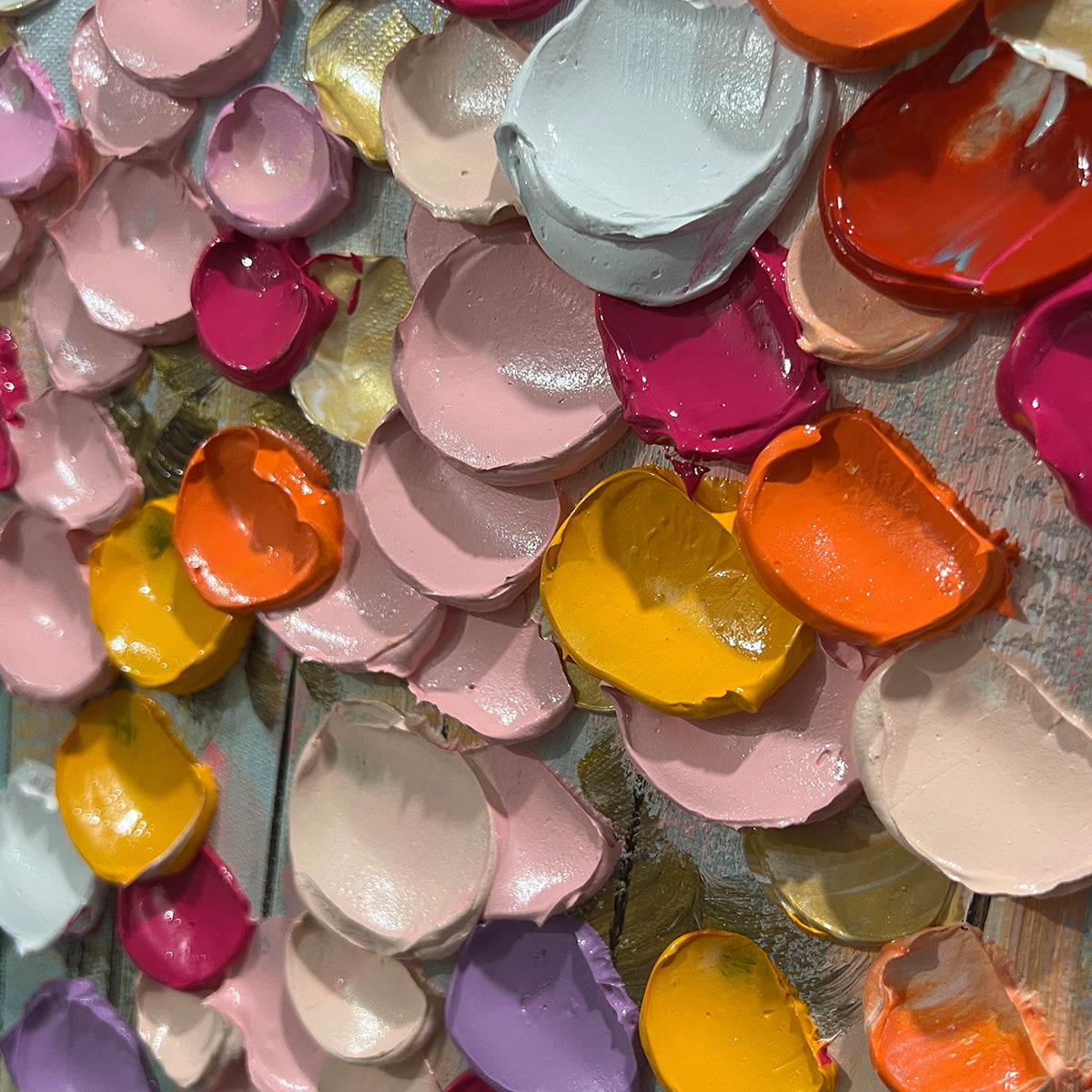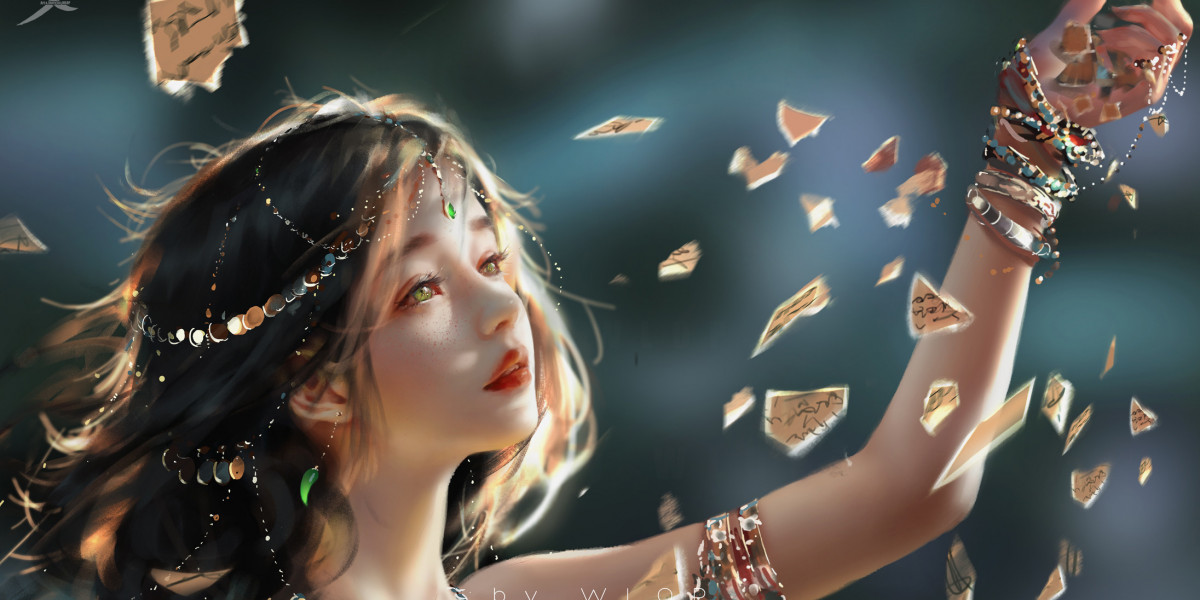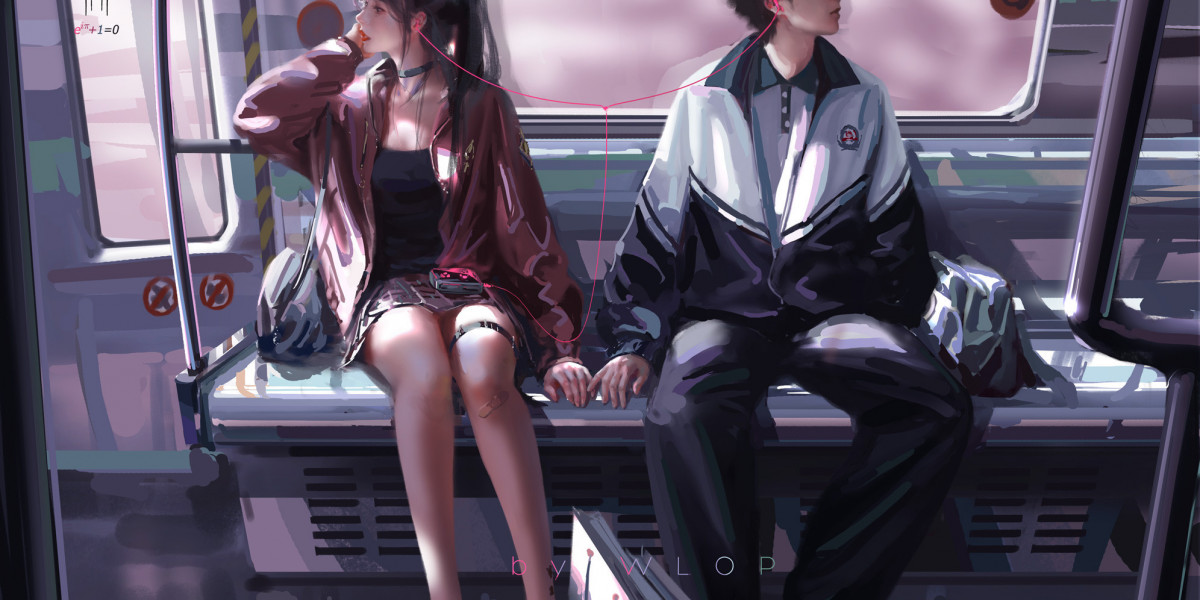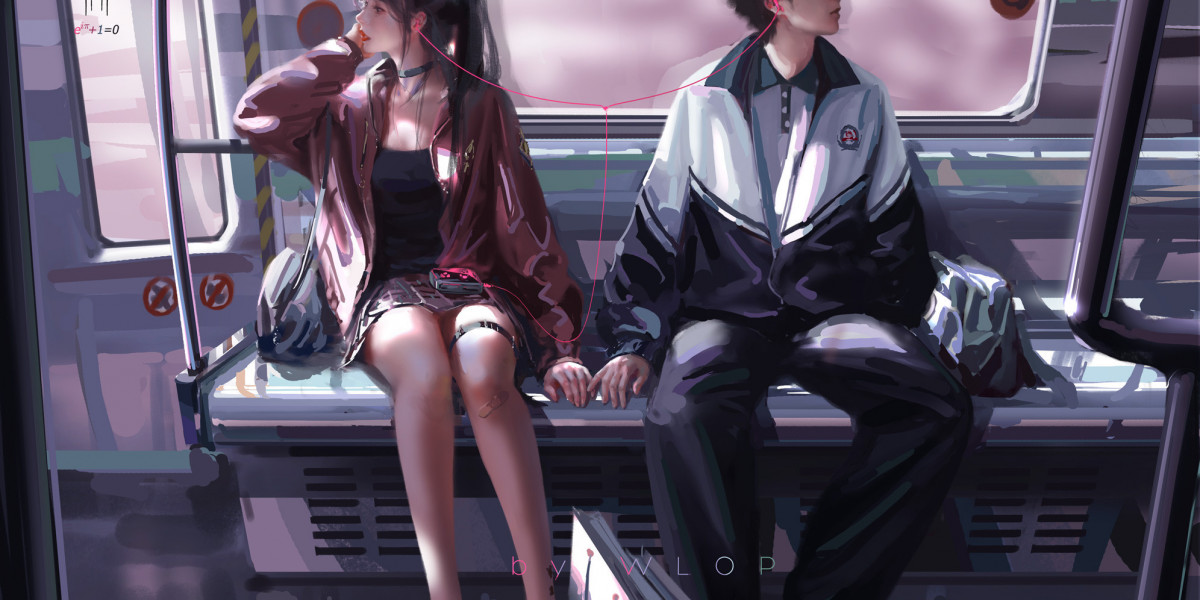Unlock the Secrets of Vibrant Art: Discover Styles and Techniques That Transform Your World!
Colorful artwork has a unique ability to evoke emotions and shape perceptions, capturing our attention with its vibrancy and depth. From the gentle hues of a sunset to the bold strokes of an abstract piece, color plays a critical role in how we experience art. Exploring various styles and techniques not only enhances our appreciation for vibrant art but also enriches our understanding of its emotional resonance. Whether you are an artist, a collector, or simply an admirer, delving into the world of colorful artwork can transform your perspective and inspire creativity in unexpected ways. In this article, we will journey through the significance of colorful artwork, the diverse styles that celebrate it, and the techniques that artists employ to create captivating pieces.

Understanding Colorful Artwork
Colorful artwork refers to any piece of art that prominently features vibrant colors, often using them to communicate moods, emotions, and narratives. In the art world, color is not just an aesthetic choice; it serves as a powerful tool for expression. Colors can evoke feelings—warm oranges and yellows may inspire joy and energy, while deep blues and greens can evoke calm and tranquility. Artists often select specific palettes to convey particular messages, drawing viewers into their emotional landscape. A friend of mine, an artist, once shared how she uses color to express her feelings during different seasons of her life. The bright, lively colors of her summer pieces reflect her joyful moments, while her winter artworks tend to embrace cooler, muted tones that signify introspection. This interplay of color and emotion makes colorful artwork significant, allowing it to resonate on a personal level with viewers.
Different Styles of Colorful Artwork
Various artistic styles highlight the use of vibrant colors, each with its unique approach and philosophy. Impressionism, Abstract, and Pop Art are among the most prominent styles that celebrate color, allowing artists to explore different dimensions of expression. Each style provides a distinct lens through which to appreciate how color can transform an artwork's emotional impact and visual appeal.
Impressionism
Impressionism is characterized by its focus on capturing the effects of light and color in a moment. Artists like Claude Monet and Pierre-Auguste Renoir used loose brush strokes and a vibrant palette to convey the sensation of a scene rather than its precise details. The interplay of light and color in Impressionist works creates a dynamic atmosphere, drawing viewers into the experience of the moment. The soft, blended colors often evoke a sense of peace and tranquility, inviting reflection and appreciation of nature's beauty.
Abstract Art
Abstract art takes a different approach, often eschewing representational forms to focus purely on color, shape, and line. Artists like Wassily Kandinsky and Mark Rothko used color to convey emotions directly, allowing viewers to interpret the work based on their feelings and experiences. The absence of recognizable subjects encourages a personal connection, as the colors themselves become the primary language of expression. Through bold palettes and dynamic compositions, abstract art can evoke a spectrum of emotions, making it a powerful form of colorful artwork.
Pop Art
Pop Art burst onto the scene in the mid-20th century, characterized by its use of bold colors and imagery derived from popular culture. Artists like Andy Warhol and Roy Lichtenstein employed bright, saturated colors to create striking visuals that commented on consumerism and media saturation. The vibrant palette not only captures attention but also engages viewers in a dialogue about societal values. Pop Art's playful use of color and familiar imagery makes it both accessible and provocative, highlighting the significance of color in the context of contemporary culture.
Techniques for Creating Colorful Artwork
Artists employ various techniques to achieve vibrancy in their work, allowing colors to come alive on the canvas. Techniques such as layering, color mixing, and leveraging contrast play crucial roles in enhancing the visual impact of colorful artwork. Understanding these methods can empower both aspiring artists and art enthusiasts to appreciate the intricacies of vibrant creations.
Layering Colors
Layering colors is a technique that involves applying multiple layers of paint or medium to create depth and intensity. This approach allows artists to build complexity in their work, as each layer interacts with the others to produce a rich tapestry of color. By starting with a base layer and gradually adding more colors, artists can achieve stunning visual effects that draw the viewer's eye and create a sense of movement within the piece.
Color Mixing
Understanding color theory is essential for effective color mixing, enabling artists to create vibrant shades that resonate with their intended emotional message. By blending primary colors and experimenting with different ratios, artists can unlock a world of possibilities, producing a spectrum of hues that enhance their artwork's overall impact. My friend, who is a painter, often shares her excitement about discovering new color combinations that evoke unexpected feelings, showcasing the joy of experimentation in art.
Using Contrast
Contrast is a powerful tool in the artist's arsenal, allowing colors to pop and enhancing the visual interest of a piece. By juxtaposing warm and cool colors or light and dark shades, artists can create a dynamic tension that draws the viewer's attention. Effective use of contrast not only highlights specific elements within a work but also contributes to the overall mood, making it an essential consideration for any artist looking to create colorful artwork.
The Significance of Colorful Artwork in Culture
Colorful artwork plays a vital role in cultural movements and societal perceptions, often reflecting the zeitgeist of an era. Throughout history, art has served as a mirror to society, with vibrant colors symbolizing hope, joy, and resistance. Additionally, colorful artwork has been embraced as a form of personal expression, allowing individuals to communicate their inner thoughts and emotions. Many artists find that creating colorful pieces serves as a therapeutic outlet, enabling them to process their feelings and experiences. This connection between color and healing can be profound, as vibrant artwork often brings joy and inspiration to both creators and viewers alike.
Exploring the Impact of Colorful Artwork
In summary, colorful artwork encompasses a wide range of styles, techniques, and cultural significance that enriches our lives and perspectives. From the emotive brush strokes of Impressionism to the bold statements of Pop Art, the diverse expressions of color invite us to explore and connect with art on a deeper level. By understanding the techniques artists use to create vibrancy and the cultural context surrounding colorful artwork, we can appreciate its impact more fully. I encourage you to explore the world of colorful art, whether by creating your own pieces or engaging with the works of others, as it has the power to transform your worldview and spark creativity within.








